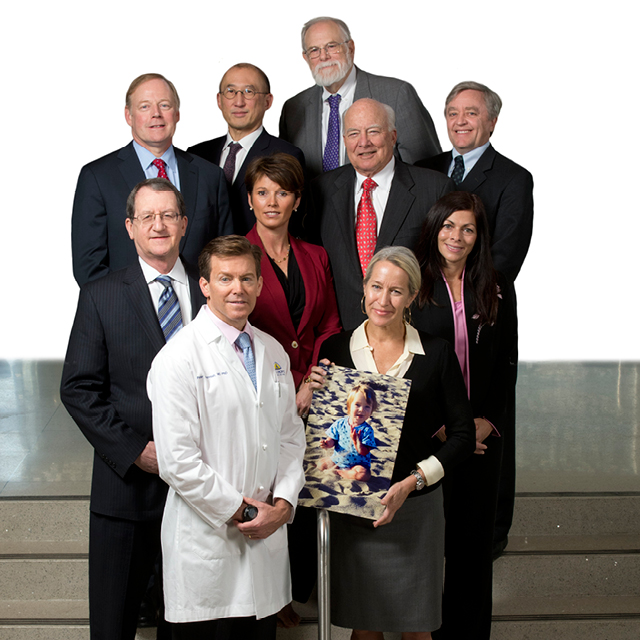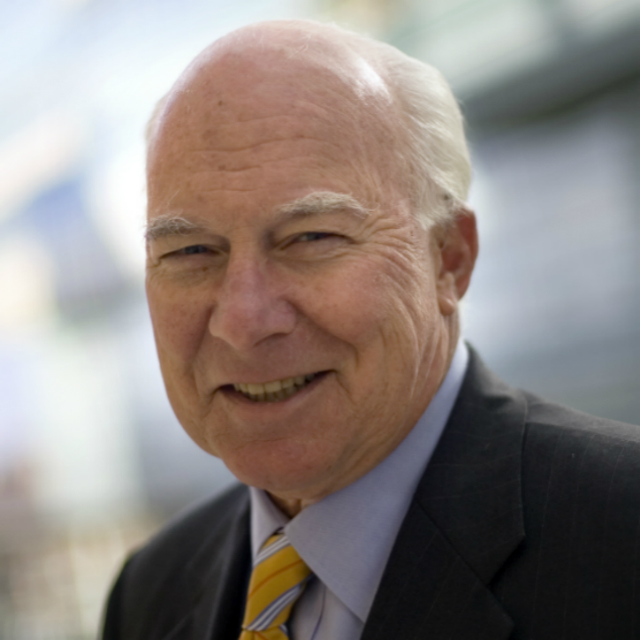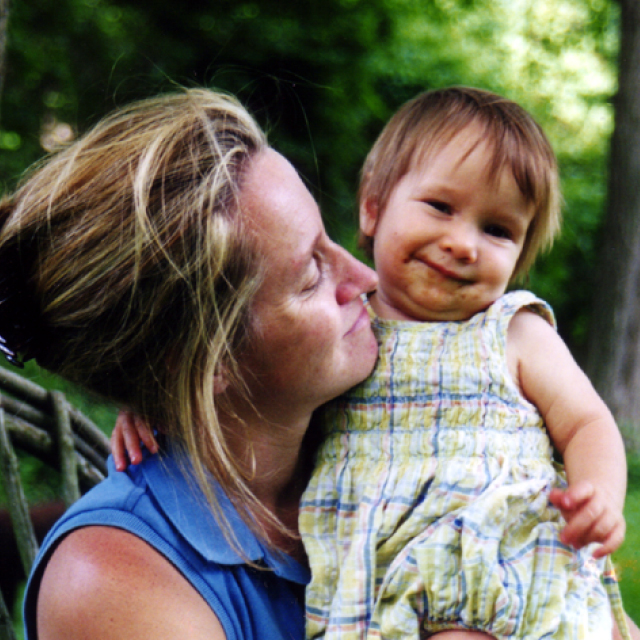At every Johns Hopkins hospital, new programs are improving patient experience and reducing opportunities for error.
Faster Call-Light Response at Howard County General Hospital
Any staffer who sees an activated call light at Howard County General Hospital must take action, a practice that has cut wait times for patient requests.
The initiative, known as a No Pass Zone, was created during a midshift huddle, says nurse manager Brandon Buckingham, who began the huddles in February 2015. The daily check-ins, one for the day shift and one for the night shift, take less than 10 minutes, he says. Employees discuss challenges and provide information about important quality and safety measures, such as falls, pain medication administration and call response times.
The huddles, now in all of the hospital’s medical/surgical units, “let us capture real-time performance, quality and safety data, and deliver that back to the front-line staff members in a real-time manner,” says Buckingham. “That promotes accountability and problem-solving on everyone’s part.” 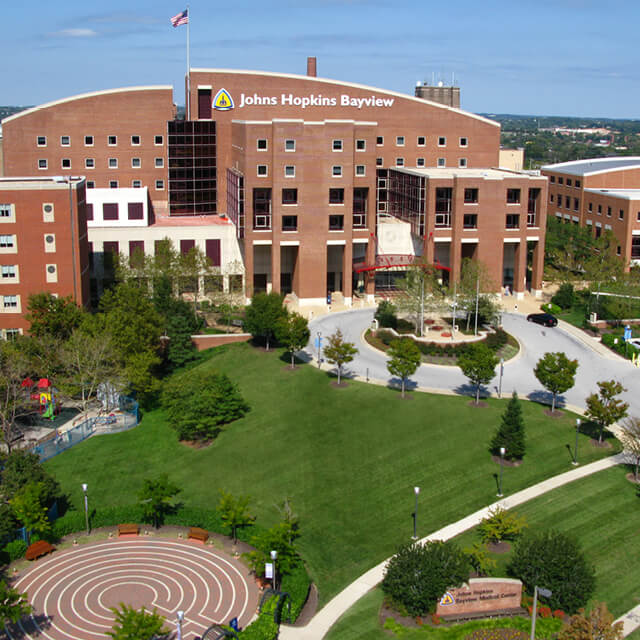
Rounding on the Hour at Johns Hopkins Bayview Medical Center
Cardboard clocks with a movable plastic hand boost patient experience and safety at Johns Hopkins Bayview Medical Center. Patient care manager Michele Applegate launched the program in January 2015 in one medicine unit, placing the clocks outside hospital rooms. It has since been implemented on all inpatient units.
During rounds, nurses ask patients about their pain and personal comfort, inquire if they need the bathroom, and provide repositioning if necessary. Nurses then exit the room, sanitize their hands and turn the clock hands to the current time, providing a visual reminder to round every patient room every hour.
Hourly rounding is known to improve patient satisfaction and reduce falls, pressure ulcers, call light usage and patient anxiety.
“Using the clocks doesn’t involve a lot of work, but it makes a big difference,” says Applegate.
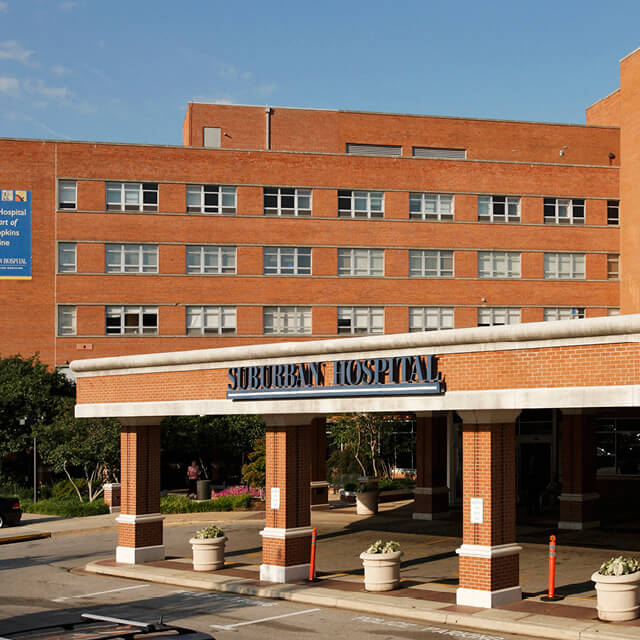
Double-Checking Heparin Infusions at Suburban Hospital
A heparin infusion program at Suburban Hospital provides a double-check that reduces the risk of error. In the past, doctors would prescribe the blood thinner to patients suffering cardiac events or blood clots, and nurses would calculate dosages based on a patient’s body weight and lab results.
Now, doctors submit requests to pharmacists, who calculate the dosage, then walk the medication to the unit and meet with nurses at the patient’s bedside. Together, they confirm the dosage and ensure that the infusion machines are set to deliver the correct amount.
“With this system, two different professions are double-checking each other,” says Jasmine Sudhakar, clinical manager for the pharmacy. “We can catch different things. For example, if the nurses tell us there’s bleeding in the stool, we can be more conservative with the dosing. It’s more collaborative than in the past.”

Taking Time to Listen at Sibley Memorial Hospital
Nurses in Women’s and Infants’ Services at Sibley Memorial Hospital are slowing down to improve patient experience and safety. They pause to knock before entering a room, and they pull chairs over to the bedside to talk and listen without distraction. They also schedule rounding, procedures and meals close together so patients have uninterrupted rest time.
The Caring Moments campaign grew out of a Comprehensive Unit-based Safety Program challenge at the hospital that pushed units to improve their Hospital Consumer Assessment of Healthcare Providers and Systems scores. “There were some nurses who were already doing these things,” says Ryan Garvey, director of the department. “But often when they were talking to patients, they were also doing something else, like repositioning pillows or helping the patient to the bathroom. We want them to be totally present.”
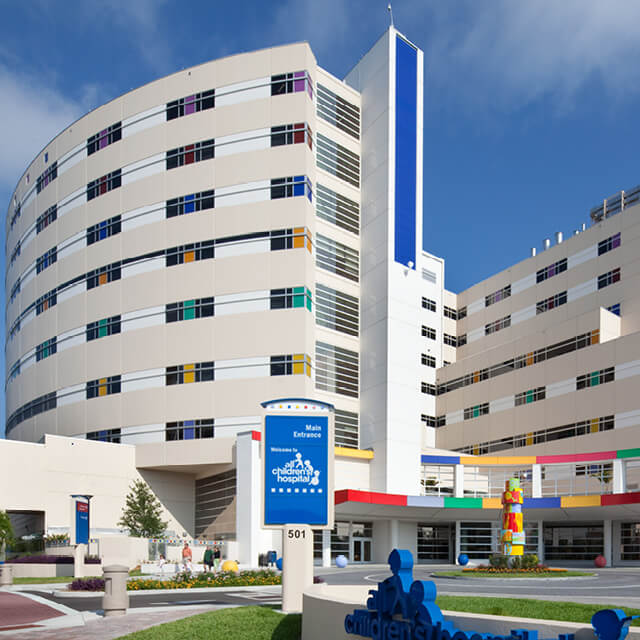
A Daily Call for Safety at All Children’s Hospital
Every day at 9 a.m., dozens of department representatives from across All Children’s Hospital participate in a conference call to report safety concerns to their hospital and satellite clinic colleagues. Problems may involve potential staffing shortages on inpatient floors, a prescription glitch in home care or a security concern at a satellite location.
Once, safety problems at All Children’s rarely were known beyond the clinical setting where they occurred. Since the launch of the 15-minute daily call, however, the risks, no matter their origin, are made visible to clinical and nonclinical leaders hospitalwide, ensuring a collective understanding of the day’s safety issues and goals.
Many unexpected patient safety problems that occurred in the past are now avoided or addressed immediately thanks to the call, says Brigitta Mueller, All Children’s chief patient safety officer. “Safety is everybody’s business now. It’s not about simply having a department in charge of safety.”

